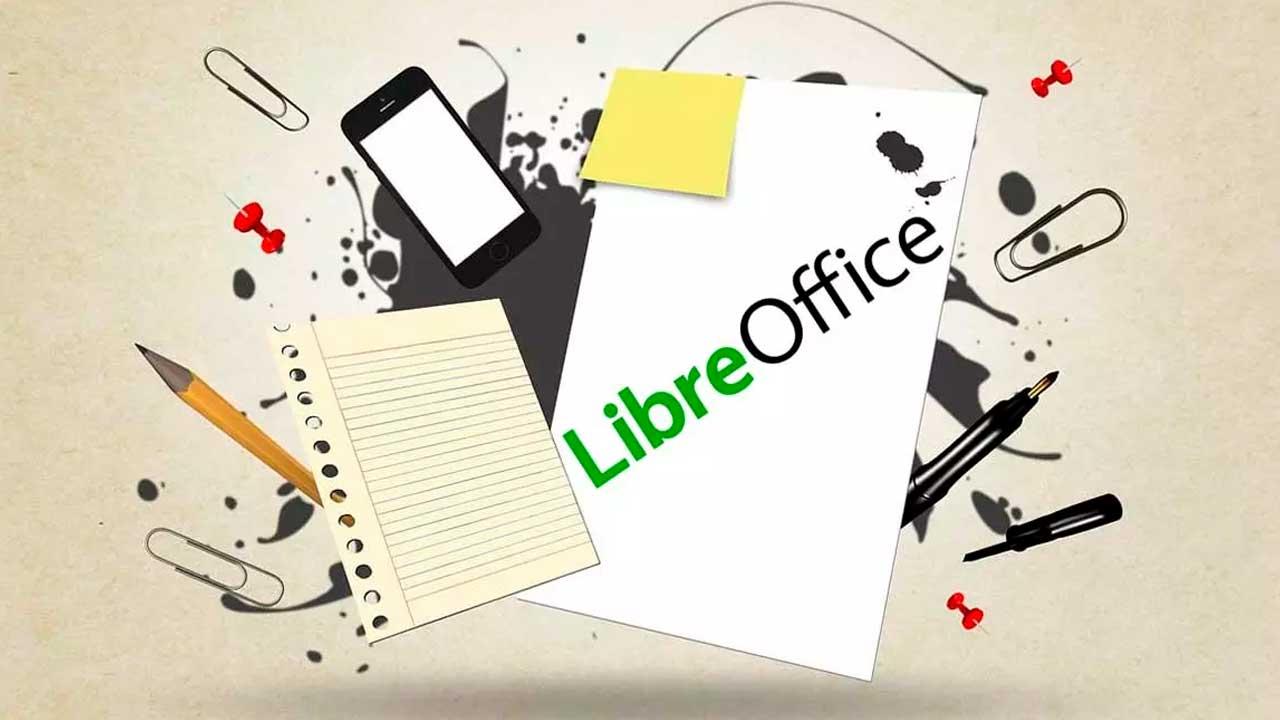At just four months old, babies are already able to understand how their bodies interact with the space around them, as demonstrated by a study carried out by scientists at the Birmingham BabyLab at the University of Birmingham, whose results help to reveal how babies develop. self-awareness.
The researchers showed babies a ball on a screen that was moving towards or away from them. When the ball was closest to them on the screen, the babies had a “touch” (a small vibration) applied to their hands while their brain activity was measured. Data collection for the study took place at Goldsmiths (University of London). The results have been published in Scientific Reports and reveal that these very young babies show greater somatosensory (tactile) brain activity when a touch is preceded by an object moving towards them.
“Our findings indicate that even in the first months of life, before babies have learned to reach for objects, the multisensory brain is wired to make links between what babies see and what they feel. This means they can sense the space around them and understand how their bodies interact with that space. This is sometimes called peripersonal space,” explained Dr. Giulia Orioli, a psychology researcher at the University of Birmingham, who led the study.
“Of course, humans do this all the time as adults, using our combined senses to perceive where we are in space and making predictions about when we will touch an object or not. But now that we know that babies in the early stages of their development begin to show signs of this, questions arise about how much of these skills are learned or innate.”
In search of the origins of human consciousness
The researchers also looked at how an unexpected “touch” would affect some of the older babies in the study and found that, in eight-month-old babies, when the touch on their hand was preceded by the ball on the screen moving away Of them, their brain activity showed signs that they were surprised.
Andrew Bremner, professor of developmental psychology, commented: “Seeing older babies show surprise responses suggests that they were not expecting the contact because of the visual direction in which the object was moving. “This indicates that as babies progress through their first year of life, their brains build a more sophisticated awareness of how their body exists in the space around them.”
“In the first months of life, before babies have learned to reach for objects, the multisensory brain is wired to make links between what babies see and what they feel”
The researchers’ next goal is to follow up this study with younger and older participants. Research with adults can help understand the types of brain activity that babies are developing toward. They also hope to determine if there are early signs of these “multisensory” abilities in newborn babies.
“It’s challenging to work with newborns, as they spend a lot of their time sleeping and eating, but we’re starting to have some success working with this age group, and it will be fascinating to see if babies just a few days old have the basics.” to feel your body in space. If so, it could be that we are facing the origins of human consciousness,” concluded Dr. Orioli.






